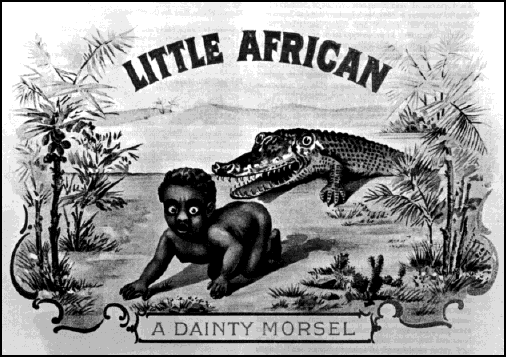St. Lawrence
University
Catherine Tedford,
Gary D. Sampson, Editors
(St. Lawrence University)
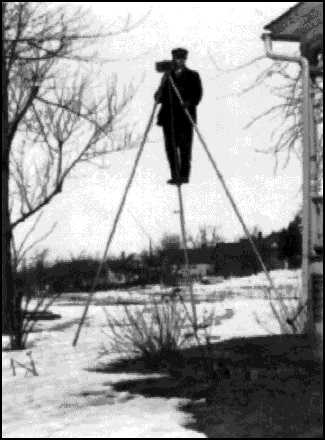
There's a Foreword, an Introduction, and ten essays. I can't figure out why they are there, what they are to prove; I suspect you you can ignore most of them because when you have great photographs --- and most included here are great --- words come to be superfluous. Editor Tedford writes about "The Poetry and Politics of Juxtaposition" and you and I know why people use words like "juxtaposition." Mark C. Klett titles his essay "A Universe in a Fruit Bowl," but ignores the fruit bowl and talks mostly of how he became a photographer. He also tells of his affection for one of the all-time Ansel Adams' favorites, "Moonrise over Hernandez."
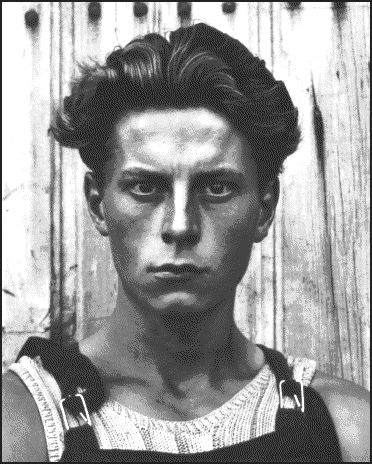 Maybe it's those black and white things stuck here so generously between the pages, complete with faces, objects, people, structure, contrast, a sense of art and, most of all, a story to tell or a question to ask: like who in hell is this French boy, and why does he stare at the camera (and us) so?
Maybe it's those black and white things stuck here so generously between the pages, complete with faces, objects, people, structure, contrast, a sense of art and, most of all, a story to tell or a question to ask: like who in hell is this French boy, and why does he stare at the camera (and us) so? Bill Gaskins rumbles on for several pages about "representations of race" which, in the context of the whole folio, seems rather meaningless. The only soulful writing, as far as we were able to determine, comes in an interview with Robert Carter. It has little or nothing to do with a collection of photographs at St. Lawrence University, but it's fascinating and not a little disturbing on its own. Carter and his army platoon witnessed what the AEC merrily called "Operation Plumbbob" --- where do they get these ratty names? --- an atomic device set off in 1957, in Nevada:
I was happy, full of life before I saw that bomb, but then I understood evil and was never the same. I was sick inside and it stayed with me for a year after. I seen how the world can end. This world is a really thin sheet of ice between death and this happiness I had known all my life. There's a thin line between total destruction and peace and quiet and happiness.
[Pointing to photograph of his platoon of soldiers just before the explosion]:
It just blew me forty feet into the mountainside and all these men with me. I felt elbows, I felt knees, I felt heads banging, I felt my head hit the ground, I felt dirt in my ears, my nose, it went down my throat. I had a bloody nose. I felt all these terrible things that you don't want to go though in your whole life. I remember the ground so hot that I couldn't stand on it, and I was just burning alive. I felt like I was being cooked.
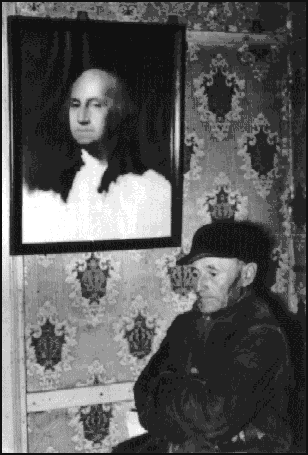 Many of the soldiers suffered from radiation burns which came from advancing, after the explosion, on ground zero. They also passed cages with animals, burned beyond recognition, and a chain link fence and people in a stockade: "Their hair was falling out and their skin seemed to be peeling off. They were wearing blue denim trousers but no shirts." Later, in San Diego, he was debriefed at Balboa Naval Hospital: "I told the story of the people behind the chain-link fence. They told me I imagined I saw those people ... The day I left to return to my unit a doctor told me not to repeat the 'bizarre' story about the people I had seen. He said if I did, he's see to it that I was thrown out of the Corps."
Many of the soldiers suffered from radiation burns which came from advancing, after the explosion, on ground zero. They also passed cages with animals, burned beyond recognition, and a chain link fence and people in a stockade: "Their hair was falling out and their skin seemed to be peeling off. They were wearing blue denim trousers but no shirts." Later, in San Diego, he was debriefed at Balboa Naval Hospital: "I told the story of the people behind the chain-link fence. They told me I imagined I saw those people ... The day I left to return to my unit a doctor told me not to repeat the 'bizarre' story about the people I had seen. He said if I did, he's see to it that I was thrown out of the Corps."
Biking
New Mexico
Sarah Bennett Alley
(Globe Pequot Press)
You won't have this problem if you follow the routes in Sarah Bennett Alley's book, Mountain Biking New Mexico. She steers you to seventy-eight trails in this fifth largest state, more than you and I will ever ride. At first I doubted her ability to visit all these places, since she doesn't even live in New Mexico, but doubt changed to pure envy as I read her detailed descriptions of the routes.
She describes rides to ghost towns, wildlife refuges and mountaintops. Imagine cruising through the majestic ruins of Chaco Canyon, or to the top of Mount Taylor, the 11,000-foot collapsed volcanic cone (one of the Four Holy Mountains of the Navajo people).
You can explore the lunar landscapes of El Malpais National Monument, past cinder cones and lava tubes laid down a thousand years ago. You can bike over Costilla Pass to Valle Vidal, a ten-thousand-acre wilderness tract where you might ride among the two thousand elk who make Valle Vidal their home. (Until recently it was a private hunting preserve for the very wealthy.)
Ms. Alley has presented this intriguing material in a comprehensive format. The book is divided into ten sections, each section describing in some detail the history, geology and wildlife of a particular area of the state. Considering the necessarily limited space, it's a damn fine job. There follows a trial description, a summary of each ride, the trail's location, the distance and estimated time of the ride, and, finally, the road surface and the level of skill required.
She gives you the highlights of each trek, including historical and seasonal attractions and she includes a valuable elevation profile, showing the ups and downs to be encountered. She points out special hazards, and gives a rescue index --- telling how far the biker is from help. Finally, she provides maps and information on how to reach the trailhead and where to park. She does everything except pack your lunch and ride along with you. It is a very thorough book.
Though Albuquerque is a city of over a half-million, Alley has found some of the secret and unique places. She describes trails through the wild cottonwood forest that lines the Rio Grande --- the wilderness jewel running through the center of the city. She takes us through the petroglyphs that adorn the field of volcanoes visible from all over town, as well as rides into the Sandia Mountains, rising 10,678 feet. Even the Santa Fe and Taos areas, chronically overexposed, yield up hidden paths.
Few modern people, however, have traveled most of these routes. They are isolated trails in an isolated state. If you feel like backing away from civilization for a few days, it might be just what you need, and this book is your guide to the treasures of solitude.
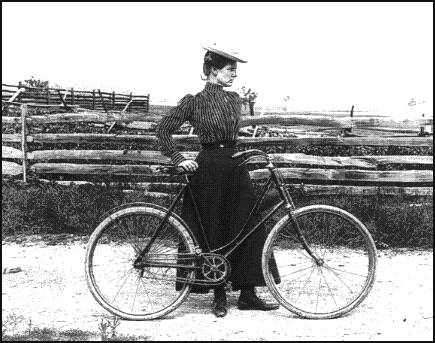
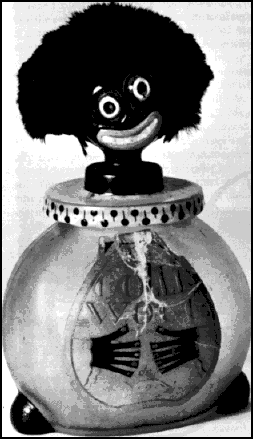
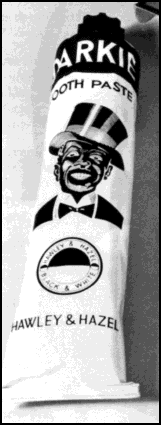 These caricatures and stereotypes were really intended as prisons...prisons of image. Inside each desperately grinning "sambo" and each placid 300-pound "mammy" lamp there is imprisoned a real person, someone we know.
These caricatures and stereotypes were really intended as prisons...prisons of image. Inside each desperately grinning "sambo" and each placid 300-pound "mammy" lamp there is imprisoned a real person, someone we know.